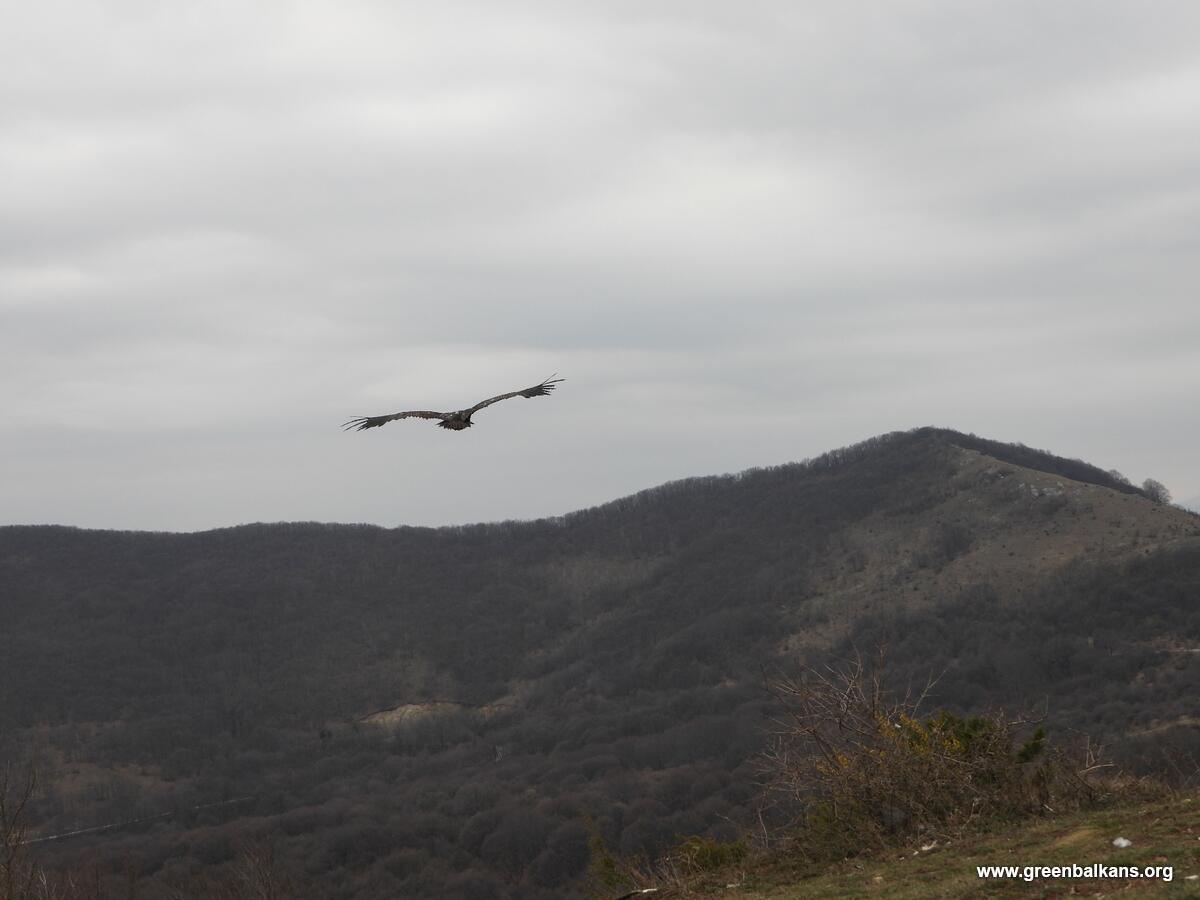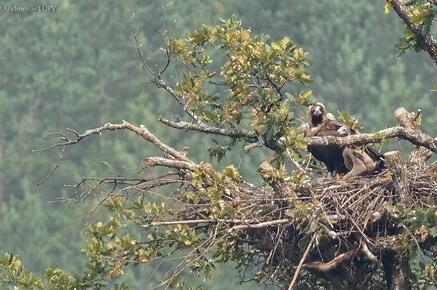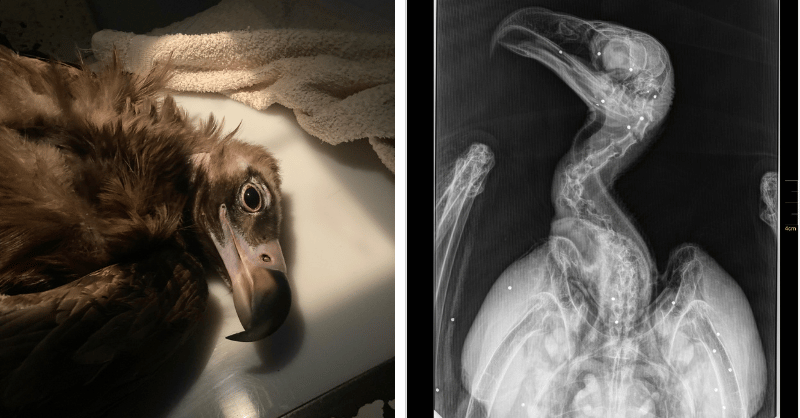In a landmark conservation effort, five juvenile Cinereous Vultures (Aegypius monachus) were tagged for the first time in Central Asia between July 23 and 24 2024. This initiative marks a significant step forward in understanding the movement patterns and threats facing this vulnerable species in Kazakhstan and Uzbekistan.

Critical habitats in Kazakhstan and Uzbekistan
The Cinereous Vulture is not a well studied species in Kazakhstan and Uzbekistan, where it inhabits mountainous and steppe regions.
The tagging took place in two locations: the Syrdarya-Turkestan State Regional Natural Park in Kazakhstan and the Nuratau Natural State Reserve in Uzbekistan. These areas are crucial habitats for the Cinereous Vulture.
In Kazakhstan, the vulture is found in the Altai and Tien Shan mountains, while in Uzbekistan it inhabits areas like the mountainous ranges of the Kyzylkum desert, Pamir-Alay region and Tien Shan mountains.
Gathering vital data for conservation
The data collected from these tagged birds will be invaluable for conservationists. By tracking their movements, researchers can identify critical feeding and nesting sites, as well as potential threats. This information is essential for developing effective conservation strategies to protect these majestic birds.

Collaborative effort
This achievement was made possible through the collaboration of various organizations and individuals. The rangers of both protected areas played a vital role in the fieldwork, while Nataliya Yuriievna provided crucial data on the Cinereous Vulture in the Nuratau Natural State Reserve. The transmitters used for tagging were provided by us at the Vulture Conservation Foundation.

Securing the future of the Cinereous Vulture in Kazakhstan and Uzbekistan
As these juvenile vultures embark on their journeys, their movements will provide new insights that could help secure the future of the Cinereous Vulture in Central Asia. This project represents a vital step in the ongoing effort to conserve one of the region’s most iconic bird species, ensuring that future generations can continue to witness these incredible birds soaring through the skies.
The project was funded by the GGF Small grants program in Central Asia within the frames of the Central Asian Vultures project. Thank you to everyone who made this possible!





